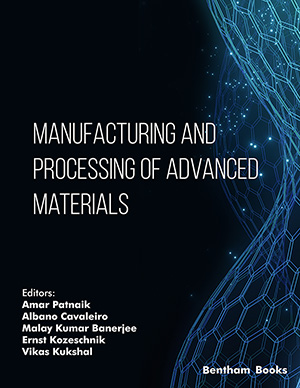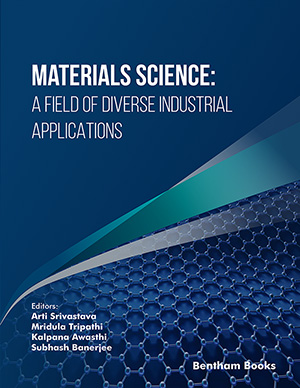Abstract
This paper presents the analysis of the Pineapple Leaf Fiber (PALF)
reinforced composite used as a material for car bumpers. Impact analysis is performed
on the modeled front car bumper at different fiber content, i.e., at the difference in the
value of the fiber volume fraction, and the results are discussed. The objective is to
model a car's rear bumper with considered dimensions, and analyze it by simulating in
the circumstances of a crash, i.e., the impact is simulated against a rigid body at speed
as per the standards of the vehicle. The natural fiber reinforced composite, which has
good specific weight compared to synthetic fiber, results in a reduction in the weight of
the whole body, resulting in less weight-to-volume ratio, when compared to the use of
synthetic fibers and, therefore, can be considered as a material for car front bumper.
There may certainly be a difference in performance, but depending on the required
applications, the fiber-matrix bonding, and the aspect ratio can be varied. For PALF,
the compensation for the low value of modulus can be done by having a very high
aspect ratio, as the composite modulus is influenced by both young’s modulus and
aspect ratio. In PALF reinforced Composites, the variation of fiber content affects the
performance of the composites with less increase in overall weight compared to that of
synthetic fibers.
Keywords: Fiber reinforced composite, Natural fiber, Pineapple leaf fiber.




















